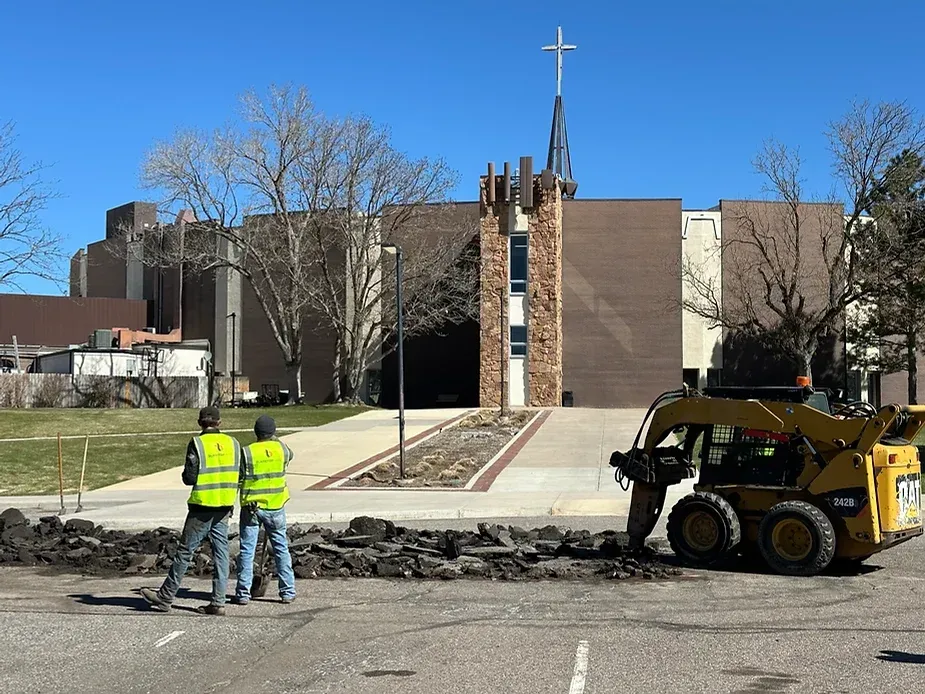
How to Repair Asphalt? The Ultimate Guide to Fix Your Pavement
Wondering how to repair your cracked, potholed, or faded asphalt? The answer depends on the extent of the damage and your budget. Minor cracks can often be fixed with DIY crack fillers, while larger areas may require professional patching or resurfacing.

Understanding Asphalt Damage: A Closer Look
Before choosing a repair method, it's important to understand the different types of asphalt damage:
Cracks: These range from small hairline cracks (often caused by temperature fluctuations) to larger alligator cracks (resulting from heavy loads or water penetration).
Potholes: Deep depressions that form when water seeps into cracks, freezes, expands, and then thaws. This cycle weakens the asphalt, creating potholes.
Fading: Exposure to the sun's UV rays and oxidation cause asphalt to lose its color and binder, making it brittle and prone to cracking.
Raveling: This occurs when the aggregate (small stones) within the asphalt come loose, leaving a rough, pitted surface.
Why Should You Repair Asphalt Damage?
Ignoring asphalt damage isn't an option. Here's why prompt repairs are important:
Safety: Cracks and potholes pose tripping hazards for pedestrians and can cause vehicle damage.
Longevity: Addressing damage early prevents it from worsening, extending the lifespan of your asphalt.
Property Value: Well-maintained pavement enhances the curb appeal and value of your property.
DIY Asphalt Repair Methods: A Quick Fix
If the damage is minor, you might be able to tackle it yourself with these DIY methods:
Crack Filling:
Clean the crack thoroughly to remove debris.
Apply a specialized crack filler using a caulking gun or trowel.
Smooth the filler and allow it to cure according to the manufacturer's instructions.
Pothole Patching:
Clean out the pothole, removing any loose debris.
Fill the hole with a cold patch asphalt mix, compacting it in layers.
Feather the edges of the patch to create a smooth transition.
Note: DIY methods are best for small repairs and might not offer a long-term solution.
Professional Asphalt Repair Methods: The Experts' Touch
For more extensive damage or longer-lasting results, it's wise to consult a professional asphalt contractor. They offer a variety of advanced techniques:
Hot Asphalt Patching: This involves removing damaged asphalt, applying a tack coat (adhesive), and filling the area with hot mix asphalt. It's a durable and seamless repair for larger areas.
Infrared Asphalt Repair: This innovative method uses infrared heat to soften existing asphalt, allowing for seamless patching of cracks and depressions without removing the surrounding material.
Asphalt Resurfacing (Overlay): Applying a new layer of asphalt over the existing surface can rejuvenate its appearance, improve drainage, and provide additional protection.
Asphalt Milling and Paving: This involves removing a layer of damaged asphalt and replacing it with new hot mix asphalt. It's a comprehensive solution for severely damaged pavement.
Choosing the Right Repair Method: Factors to Consider
The ideal asphalt repair method depends on various factors:
Extent of damage: Minor cracks might only need filling, while large potholes might require patching or resurfacing.
Budget: DIY options are more affordable, but professional methods offer better longevity.
Long-term goals: Consider whether you want a temporary fix or a long-lasting solution.
Traffic levels: High-traffic areas might require more durable repair methods.
Conclusion
Don't let damaged asphalt ruin your property's curb appeal or create safety hazards. Armed with the knowledge of the various repair methods, you can now choose the best approach for your specific needs. Remember, taking action now will save you time, money, and headaches in the long run.